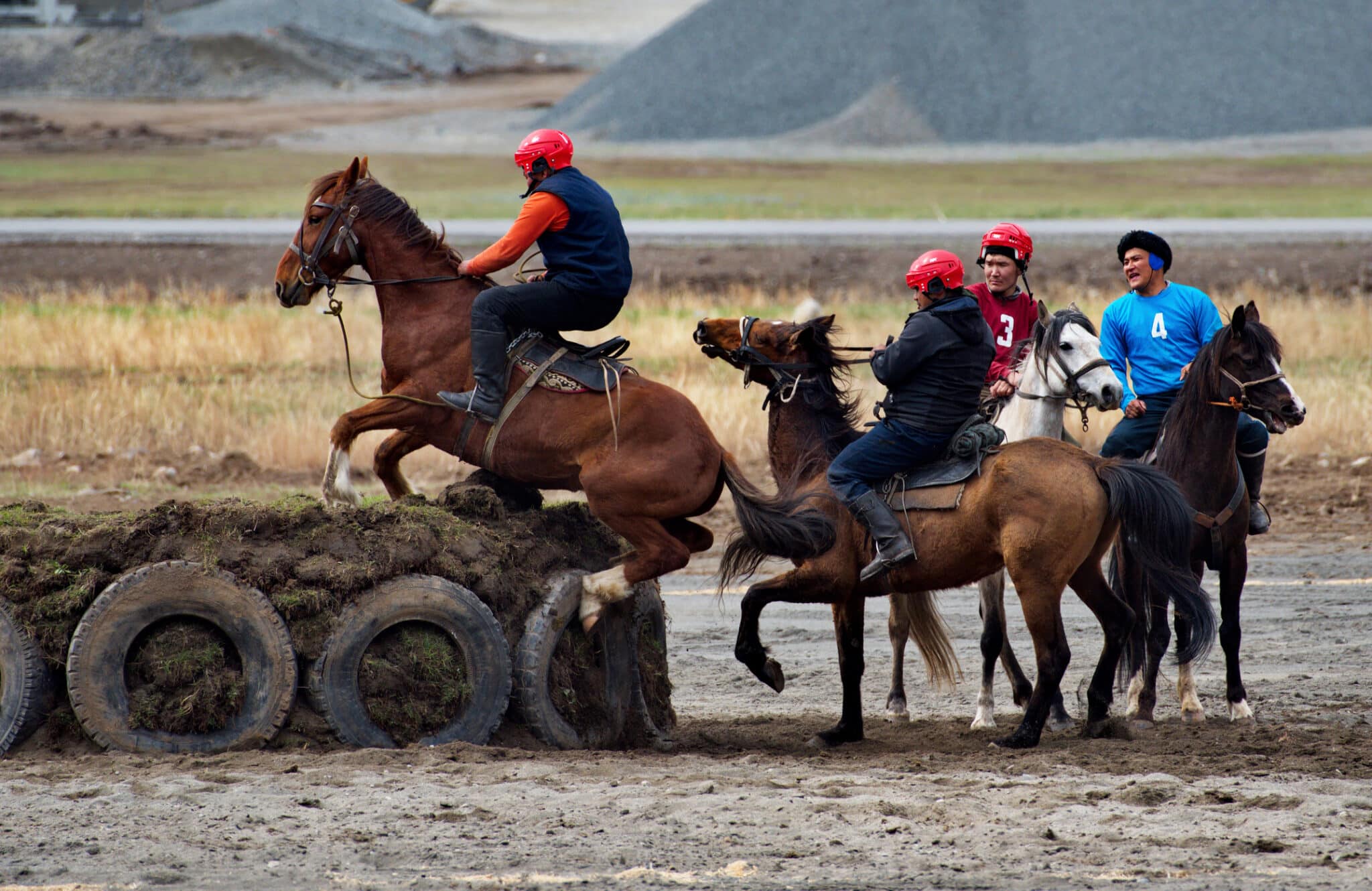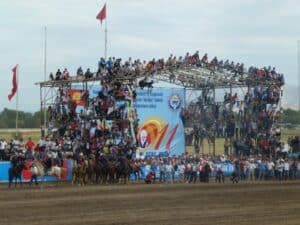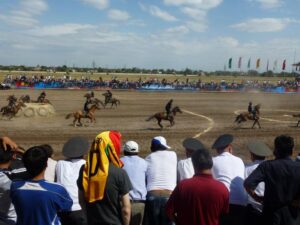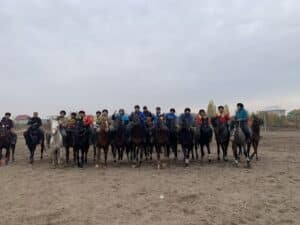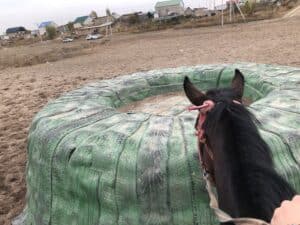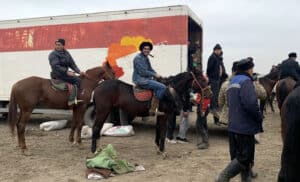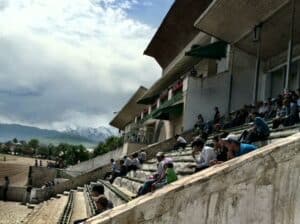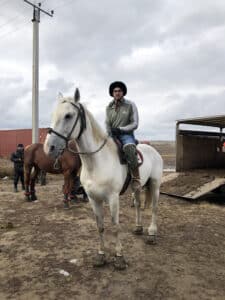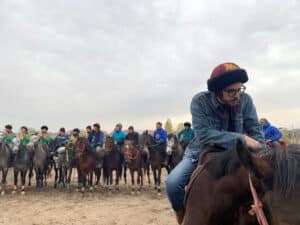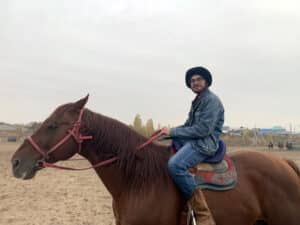As soon as I arrived in Bishkek, I started asking every person I met where I could find, watch, and play kok boru. I first learned about the sport in researching Kygyzstan before I arrived in Bishkek and was instantly fascinated by it. Kok boru is the wild national sport of Kyrgyzstan. It’s basically polo, played on horseback, but with a dead goat as the ball and the players are allowed to go full contact at the horse’s top speed in the aggressive pursuit of a goal.
Although its national sport as wild and fast, the Kyrgyz themselves are very laid back and not exactly stereotyped as being organized. Thus, as I tried to find a game to watch, I heard from various sources that the season was over and it had just begun, that games are not played in the city and are played nearly every day here. Websites are generally no help here for fans either (even for more established sports like soccer, event schedules are generally not posted online and, when they are, often prove inaccurate).
In the end, after a lot of asking around and a lot of trial and error, I was able to find, watch, and even play kok boru. This is how I was able to do it, for anyone else who would like to repeat these experiences in Kyrgyzstan.
What is Kok Boru?
Kok boru is held dear by many Kyrgyz men as part of their identity. However, this facet of Kyrgyz culture is almost entirely exclusive to men, with women being barred from playing. Women even attending the matches is looked down upon.
Most of the men I talked to would say that the game was “as old as the Kyrgyz people,” or at least dated to around the year 200 BCE. A well-seasoned “Kok Boruchu” (Kok Boru player) named Nurbek explained to me the origins of the game. The name, he says, is derived from the Kyrgyz words “kok,” meaning blue, and “boru,” meaning wolf. Nurbek says this is because “during the winter, hungry wolves would come down from the mountains looking for food, and, to protect their flock, shepherds would have to kill these wolves. They would pick the wolves up in full sprint from their astride their galloping horses and then quickly cut the throat. To celebrate having saved their precious livestock, they would then play a game with the wolf carcass.
Most women I spoke to said they have no interest in the sport, saying, “it is too violent.” This is the same reason most men give for why women are and should be barred from watching it. In fact, the few women who did show interest talked about how it is very hard to even find out about a match as a woman, as men try to “protect” women from witnessing the brutal game. Men will also change how they discuss the game in front of women. The same man might say that the game is too violent and antiquated when in the company of women, but also express admiration for the game when in the company of other men.
Today kok boru is played not with a wolf, but with a roughly 33-35 kg (73-77lb) goat or, sometimes, sheep carcass. Traditionally, the goat or sheep is eaten afterwards and is said to be some of the most tender meat you’ve ever tried, heavily flavored with bone marrow as most of the bones will be broken during the course of the game.
Keeping with the cooking theme, the 3.6 meter (11 foot 9 inch) goal used in many matches, although often called a “well” in English, is most often referred to locally as a “kazan.” This is the same word for the wide, wok-like pan used to cook Kyrgyzstan’s national dishes such as plov, which often contain goat, mutton, or horse. “Kazan” is an excellent word to describe the shape of the raised, often concrete or packed-dirt goal. Old tires will line it to help cushion the players and horses when they run against it at full speed.
Rules of Kok Boru
There are multiple ways to play this very old game, which is not specific to Kyrgyzstan. Versions are known as Buzkashi in Afghanistan and Tajikistan, as Kokpar in Kazakhstan and as Kukpari and Ulak Tartysh in some parts of Kyrgyzstan and Uzbekistan.
Rules for kok boru vary even inside Kyrgyzstan from region to region, but the most common there are Talas rules and Osh rules, both named for major regions in the north and south of Kyrgyzstan, respectively. This is also particularly interesting, as there is traditionally a cultural and political divide between the two halves of the country, separated by a formidable mountain range.
Under the tamer Talas rules, two teams of twelve play against each other, mixing teamwork with individual valor. The game is broken up into three twenty-minute periods and only four of the twelve players can be fielded at any one time. This rule set is the most televised and is the set played in the World Nomad Games.
Although it receives less official airtime, the wilder Osh rule set is more frequently played overall. The Osh rule set has no teams and, in fact, is most marked by the fact that there are very few rules. There can be just a few players and as many as 500. Osh rules do not use the “kazan,” but rather a player is to ride around designated waypoints one and a half times while in possession of the carcass. The distance between the waypoints can vary, and they can be very far apart, making goals very hard to obtain. The potentially hundreds of other players can try to take the carcass by any means possible.
All rule sets of kok boru allow for fairly extreme violence with players allowed to whip, ram, and even bite each other.
Watching Kok Boru in Bishkek
Advertising for matches is almost non-existent with fans relying mostly on word of mouth. Frequently, any planned stating time will be postponed to later in the day. Many matches, however, are held at the The Hippodrome is the most formal place to watch kok boru, with separated fan seating and usually better enforced rules. However, even in the Hippodrome, spectators can enter the field to watch the game up close. These small weekend matches offer free admission for anyone who wants to watch.
For a wilder setting, there are sometimes open field matches after the hippodrome games held in the plains north of Dordoi Bazaar. For these games, you will have to put in a little more work, asking athletes and stable masters to see if one of the open-field games is occurring (and exactly where, as there are other possible locations) before investing the time to head out there. Keep in mind that there will be no barrier between the audience and the match. This means that, if you see players coming towards you, you need to get out of the way. Hiding behind cars tends to be a pretty good idea, in my experience.
For a truly wild setting, if the match is being played by Osh rules, you can rent a horse and watch from the field. This is recommended only if you have experience riding horses as you will still need to control the animal at a minimum. Also, know that watching from the field can make you a target for other players as, in kok boru, there are no official play boundaries. When in an arena, players will go right up to the walls. If you are watching an open field game, they may go far afield, including into spectator areas. If you are watching on horseback, always ensure your horse is facing in the same direction as all the other horses because if they start charging in your direction, your horse will get spooked.
When renting a horse, people may try to scam you, but the normal per day price is 1000 Kyrgyz som (about 12 USD).
Playing Kok Boru in Bishkek
If you want to play kok boru, you should have experience on horses, a wide risk tolerance, and perhaps a few screws loose, like me. Kok boru is one of the most dangerous sports in the world. If you do decide to play, you should get the right equipment. There are specialty kok boru shops in Bishkek that carry top-quality, professional-grade equipment. You can also get used equipment in, appropriately enough, the military surplus section at Osh Bazaar in Bishkek.
You will need a pair of boots for about 5000 som (I brought my cowboy boots from the states, they do just fine), leg protectors at about 500 som, gloves for 500, a kamcha (horse whip) for about 800. You will also need some headwear. You can wear a traditional kok boru hat, available for about 1000 som, but I recommend the Soviet surplus tank helmet for 2500 som, which might look a bit silly, but will protect much better than the cloth kok boru hat. All in all, you may be investing about $100 into equipment for this experience. The horse will add another $12.
While buying your equipment, you will likely get many people expressing their surprise and warning you not to play kok boru. Again, it is a very dangerous sport.
To play, you will need to find an Osh rule match because, a foreign amateur, you will likely not find a team willing to let you play. You will also need to rent the horse, as outlined above. The horse master will also ask you about your experience level in horseback riding because galloping without a horde of hardened kok boru players is already something that requires training to do safely. Again, you should be an experienced horseback rider if you are on the kok boru field at all.
With that being said, the first time playing, I had only ridden a horse twice and watched a YouTube video on how to gallop without dying. I honestly was not prepared for the amount of movement involved when on a running horse and for the challenge of simply staying on. I found myself wishing that there were seat belts on saddles.
My danger became even more apparent when, while playing, I saw a chaotic scrum of horses break up and saw the goat unattended. My confidant Nurbek, who was also playing that day, yelled “Now is your chance American!” and whipped my horse for me. An experienced rider, he rode alongside me, and, when we both passed by the carcass, he scooped it up and gave it to me.
The carcass is surprisingly long and heavy and it was a struggle to keep a hold of it. As soon as I got the goat on my horse Nurbek yelled “Get out of here American! They will kill you.” He then laughed. Before I knew it, I was whipping my horse to go as fast as possible with 50 screaming nomadic warriors in hot pursuit. I knew if they caught up, they would charge, whip, shove, and potentially de-horse me in an attempt to get the goat carcass. I feared I would be trampled by the horde of kok boru players.
Luckily, a single other player caught up to me ahead of the pack and, seeing the opportunity, I hastily helped him take the goat. In response to my eagerness to get rid of the prized carcass, the rider laughed so hard that he dropped it.
We all then regrouped in the field and shared a warm bowl of kurut (a salty fermented milk beverage). I was then invited to go out to eat with the players, where we talked and laughed still more.
Another aspect of playing kok boru I never thought about was the smell of the goat carcass. I can still smell the strong odor of goat and horse from my equipment to this day.
Kok boru is a dangerous sport and not for the faint of heart. If you are still interested in experiencing this wild piece of Kyrgyz culture, whether that be as a spectator or athlete, prepare yourself for an adventure, possible injury, and stories you will never forget.
You Might Also Like
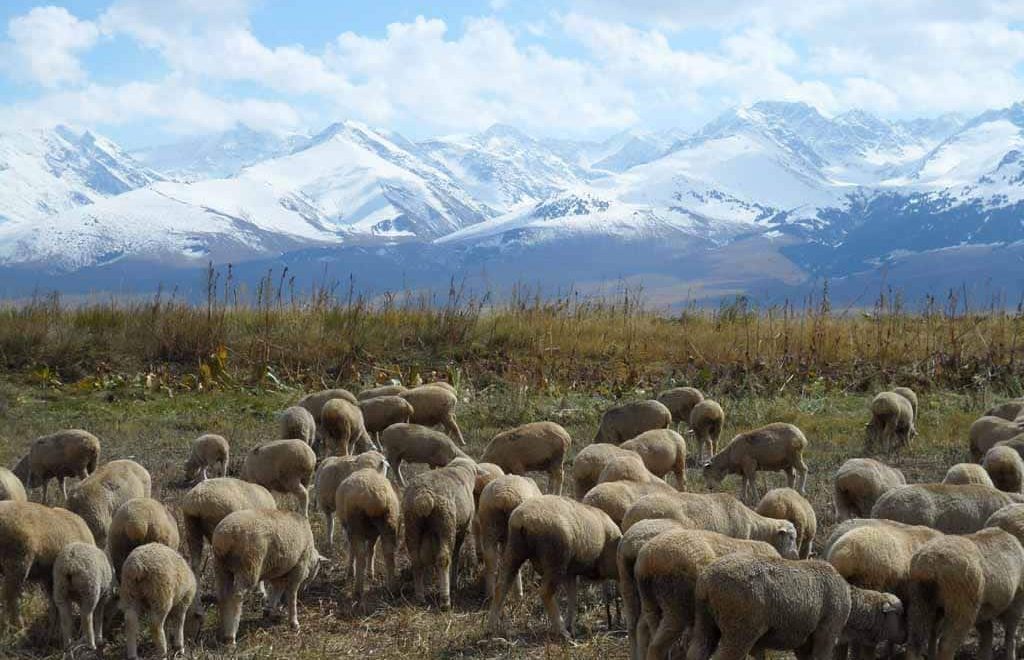
Sheep Guts Won’t Kill You: A Guide to Seeing the Kyrgyzstan that Most People Don’t
The Kyrgyz are a Turkic people with a rich identity that revolves around their nomadic heritage. Although they were forcibly settled by the Soviets, some have maintained or returned to nomadic traditions. Other strong elements of their culture include faith in Islam that is heavily informed by previous (or present) belief in Tengrism, Zoroastrianism, and […]
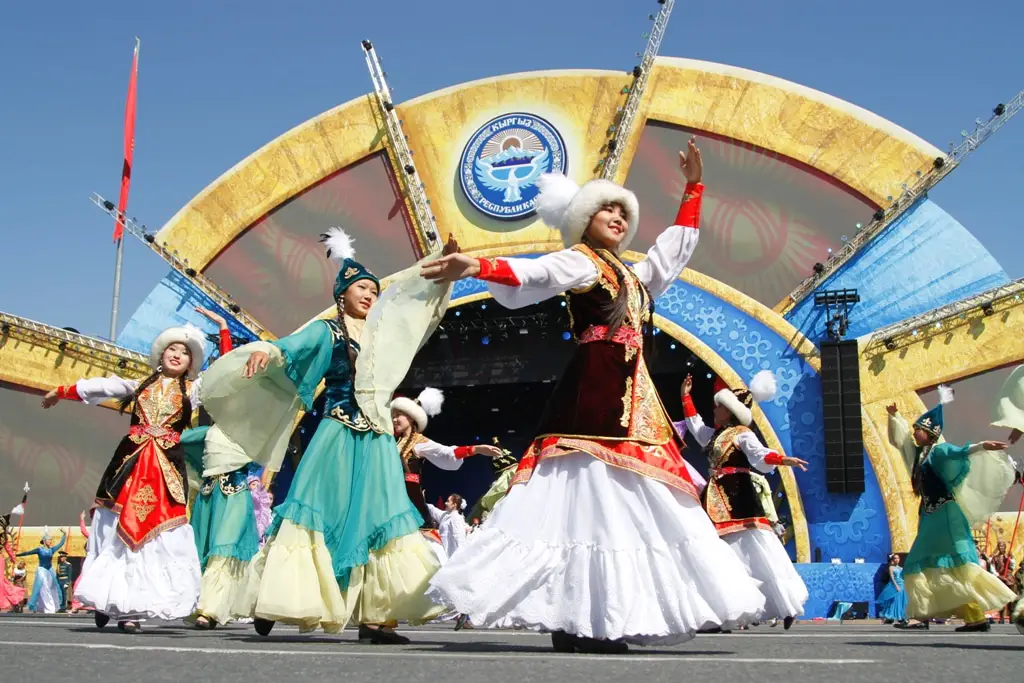
Kyrgyz Holidays 2026: A Complete Guide
Kyrgyz holidays include many inherited from the USSR (although most of those have changed their form at least slightly). Kyrgyz holidays also include many adopted from Russian culture. However, many holidays have now been added to the calendar to celebrate patriotism toward independent Kyrgyzstan and Kyrgyzstan’s long-held Muslim heritage. Thus, Soviet, national, Orthodox, Muslim, modern, […]
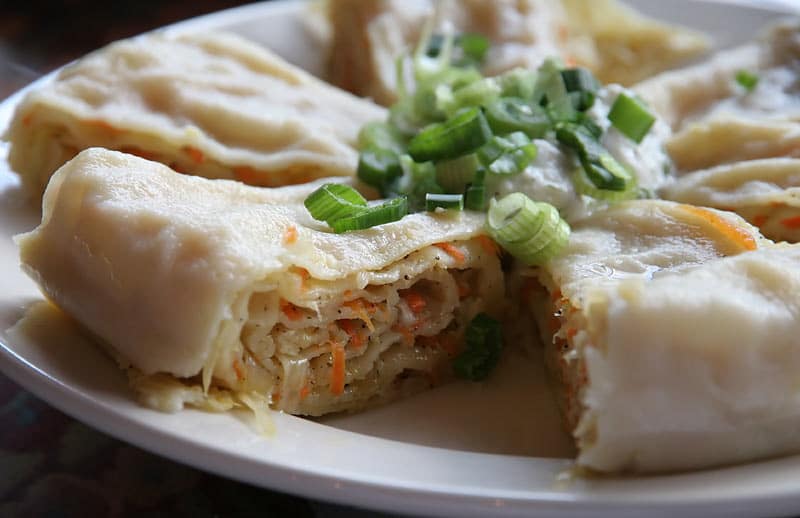
Oromo, Orama, Khanum: A Turkic Pumpkin Delight
For those obsessed with all things pumpkin — pumpkin pie, pumpkin ice-cream, pumpkin-spice lattes — oromo (оромо) is sure to please. Oromo is a rolled, layered, steamed pastry that comes with various fillings (pumpkin being common and our favorite). It evokes everything we love about pumpkin season back home in the States. This main dish […]
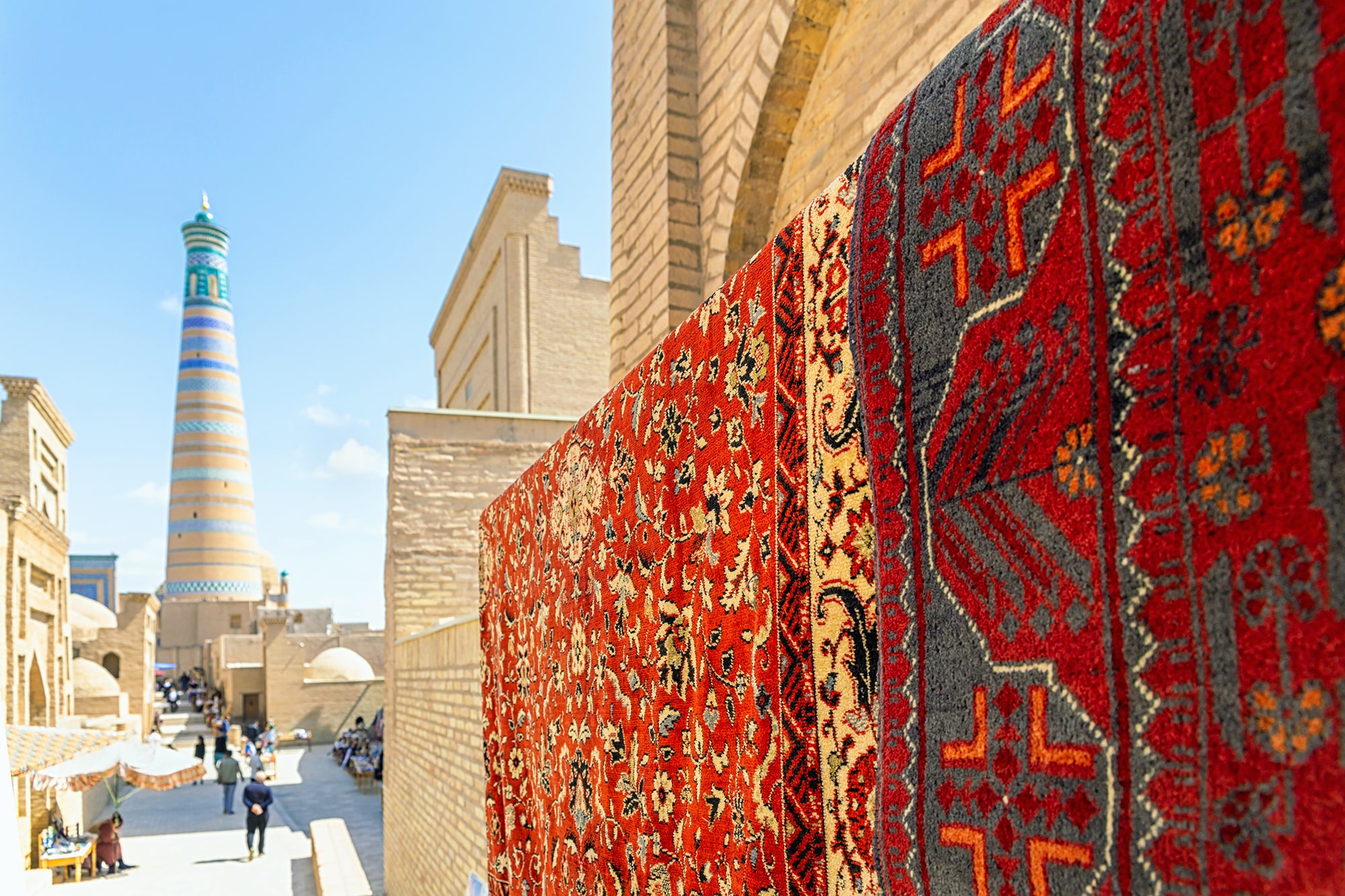
Knots of Culture: Central Asia’s Carpet Weaving Heritage
Central Asia’s rich tradition of carpet weaving reflects the region’s history, culture, and identity. From the ancient nomads of the Pazyryk Valley to the artisans of Kyrgyz yurts and the urban weavers of Samarkand, carpets have long served both practical and symbolic functions. Their materials, techniques, and motifs reflect centuries of interaction between nomadic and […]
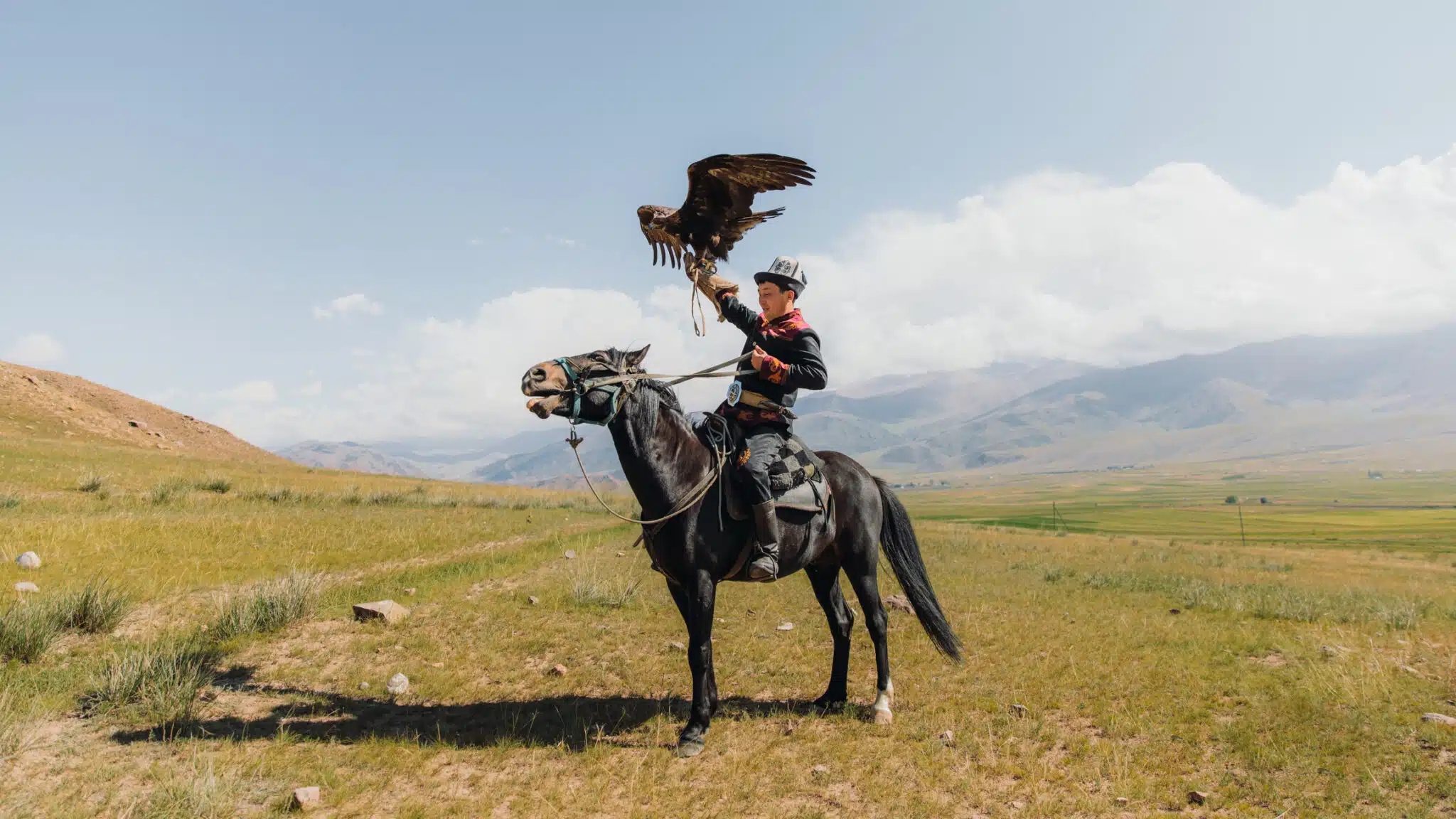
The Talking Kyrgyz Phrasebook
The Talking Phrasebook Series presents useful phrases and words in side-by-side translation and with audio files specifically geared to help students work on listening skills and pronunciation. Below, you will find several useful phrases and words. To the left is the English and to the above right is an English transliteration of the Kyrgyz translation. […]

